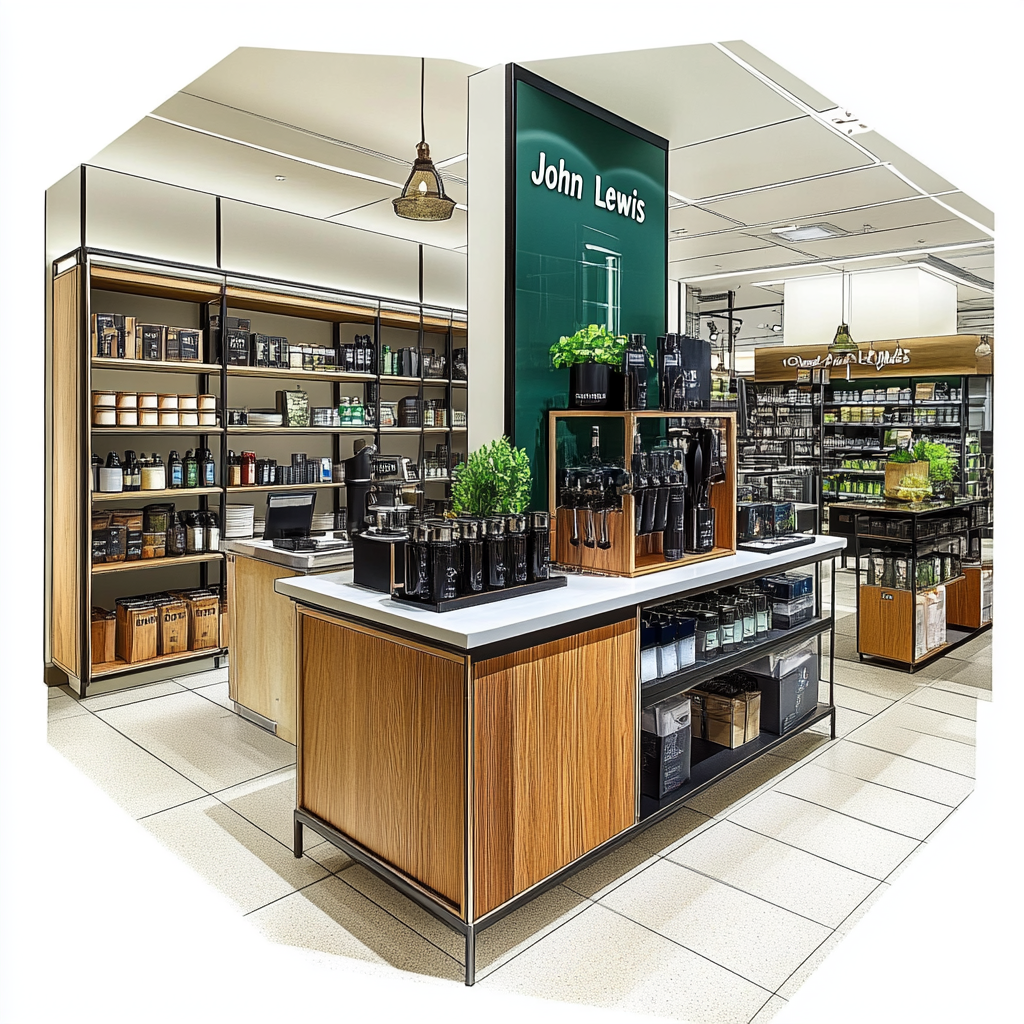The Le Creuset Obsession: How It All Began
It was a December several winters ago, during the annual Black Friday-ish frenzy, when we acquired our first Le Creuset: a set of three saucepans from John Lewis. The excitement was palpable, the sense of achievement, monumental. That very night, the large saucepan hosted a coq au vin, while the medium one cradled a rigatoni carbonara. The culinary gods were pleased, and we were hooked. The following week, greed—or perhaps destiny—led us back to the LG level of John Lewis on Oxford Street.

This time, we emerged with a cast-iron round casserole. And then, because symmetry is overrated, an oval one. In Cerise and Bamboo Green, because two round casseroles in the same household would be, well, gauche. (Die-hard Le Creuset fans, by the way, would never call Cerise “red.” It’s somewhere between crimson and red, but definitely not Cerise. This is important.)


Saucepans and casseroles. That was the obsession. In a fit of enthusiasm, I bought my mother a Flame (orange, for the uninitiated) round casserole. I also picked up a set of six mini ramekins and four petit casseroles because why not? It’s worth noting that my mother did not express any particular interest in the large round casserole. Two months later, while visiting her, I discovered it stashed in the corner of a bottom cabinet, still wrapped in bubble wrap like a weapon of mass destruction. It had been relegated to a status of fear and respect. I lifted the bright orange behemoth and asked, “Why is this gathering dust?” She grinned sheepishly and said, “I can’t lift it.”
The Weight Debate: Is Le Creuset Really Heavy?
Based on my experience, Le Creuset round casseroles are comparatively lightweight, especially when compared to other brands. For example, my cousin’s Chasseur Dutch oven feels significantly heavier, almost as if it were filled with lead. In the world of enameled cast iron, Le Creuset’s three-layer enamel finish is legendary for its durability, and yet it somehow keeps the weight manageable. Staub, while lovely, doesn’t offer a significant price advantage, so there’s no point in discussing it. (Though their lids do fit better. Just saying.) Aldi once sold a casserole that was heavier than Chasseur but cost a quarter of Le Creuset’s price.
The extra weight was forgiven, and the lack of an extra enamel layer was overlooked. ProCook, meanwhile, is surprisingly good. You might not even notice the difference if you didn’t know better. But you do know it’s ProCook, and it doesn’t have a fancy French name. The price isn’t a reflection of quality; they’ve just cracked the code on pricing.
I tried to hard-sell the Le Creuset to my mother. I extolled its virtues: how beautifully it worked on her induction range, how it added a pop of color and energy to her kitchen, how it could go from stovetop to oven with ease. But she remained unmoved. In her defense, I, too, tend to favor lighter cookware. My All-Clad set is my go-to for sautéing and everyday cooking, and I rely on small saucepans (Paderno, All-Clad) for garnishes, stock reductions, and heating purées. The Dutch ovens? They’re reserved for special occasions or large gatherings. In my case, the casserole’s idle time has less to do with its weight and more to do with the fact that it’s a 7.5-liter monster in a household of two. It’s like owning a grand piano when you live in a studio apartment. Impressive, yes. Practical? Not so much.
A Beautiful, Slightly Impractical Kitchen Trophy
So there it sits, my Le Creuset casserole, a monument to aspiration and excess, waiting for the day I host a dinner party for twelve. Until then, it remains a beautiful, slightly impractical reminder that sometimes, we buy things not because we need them, but because they make us feel like we’ve arrived—even if we’re just cooking pasta for two.






